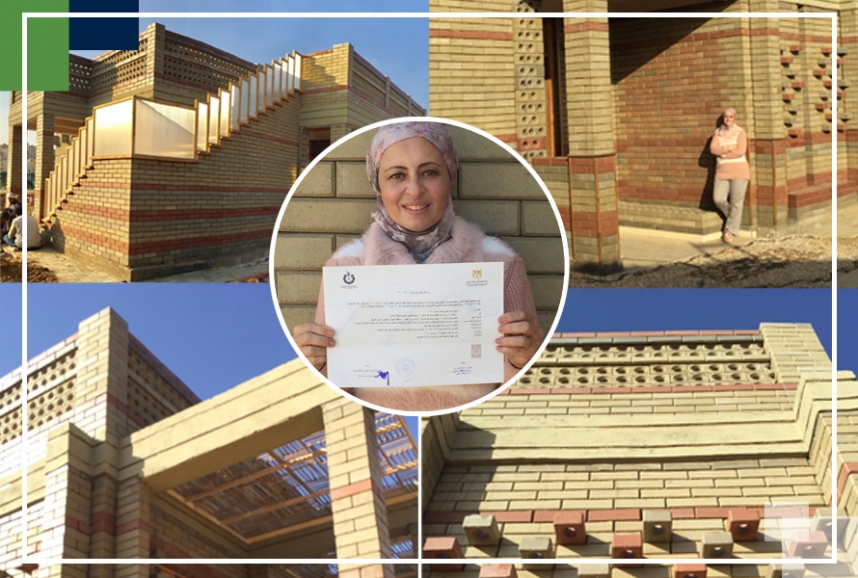This invention comes within the university’s strategies that aim to encourage scientific research from the idea phase to the implementation phase on the ground. It is worth noting that Dr. Nawal Al-Degwi, Chairman of the Board of Trustees of MSA University, encouraged and supported the project with full moral and material support since the idea was established four years ago, through the production phase.
Bricks and experimentation with them until the completion of the implementation of the housing unit, and that is within the projects that the university is working on in various sectors, including the construction and housing sector.
This innovative brick contributes to facing the high prices of building materials and reducing their bad impact on the environment, especially the iron, cement and burnt red bricks industries, and preserves agricultural lands from returning to bulldozing, as happened in previous periods, as its production depends on the sandy soils spread throughout Egypt.
Moreover, the brick is characterized by being easy and fast to construct due to its interlocking Lego-like feature, cuts the wall cost by 50%, does not need to be fired during its production, no need to use conventional mortar, plastering and painting, thermal and sound insulator, has an aesthetic dimension, and all processes of soil excavation, manufacturing of bricks and construction can be done at the same site.
Although several countries use this type of brick in construction, its production in Egypt represents a great challenge due to the differences in climatic conditions and the nature of the Egyptian soil. The patent was obtained due to the success of experiments, modifications and additions to the production process in obtaining bricks that conform to the requirements of the Egyptian Code and are safe to build with.
The social and economic dimension was taken into account in the innovation through the use of additives available in the Egyptian market and inexpensive and simple procedures that ensure the production of bricks suitable for construction even with differences in the nature of sandy soil from one place to another.
The bricks were in fact produced from the sandy soil at MSA's campus in 6th of October City and used in the construction of an environmentally-friendly low-cost residential unit " The Ecofordable House" also on campus.
The project has fulfilled all the requirements of the Egyptian code, including vertical loads and earthquakes, according to the technical report prepared by Housing and Building National Research Center on this experimental unit.
The design of the Ecofordable House previously won the first prize in the 4th Cairo International Exhibition of Innovation, the Green Urbanism and Innovative Architecture track, organized by the Academy of Scientific Research and Technology (ASRT).

